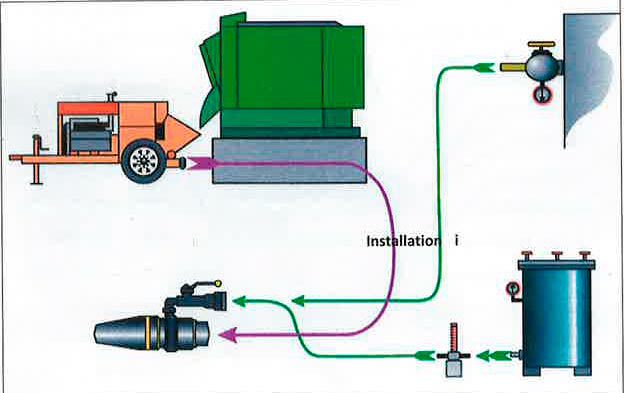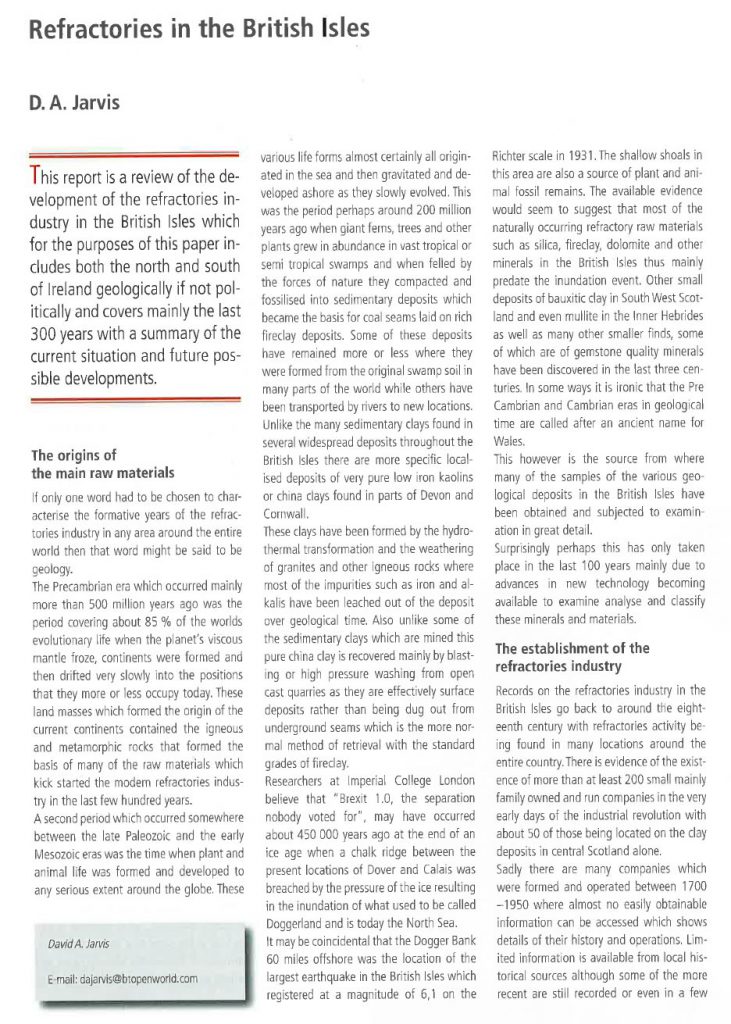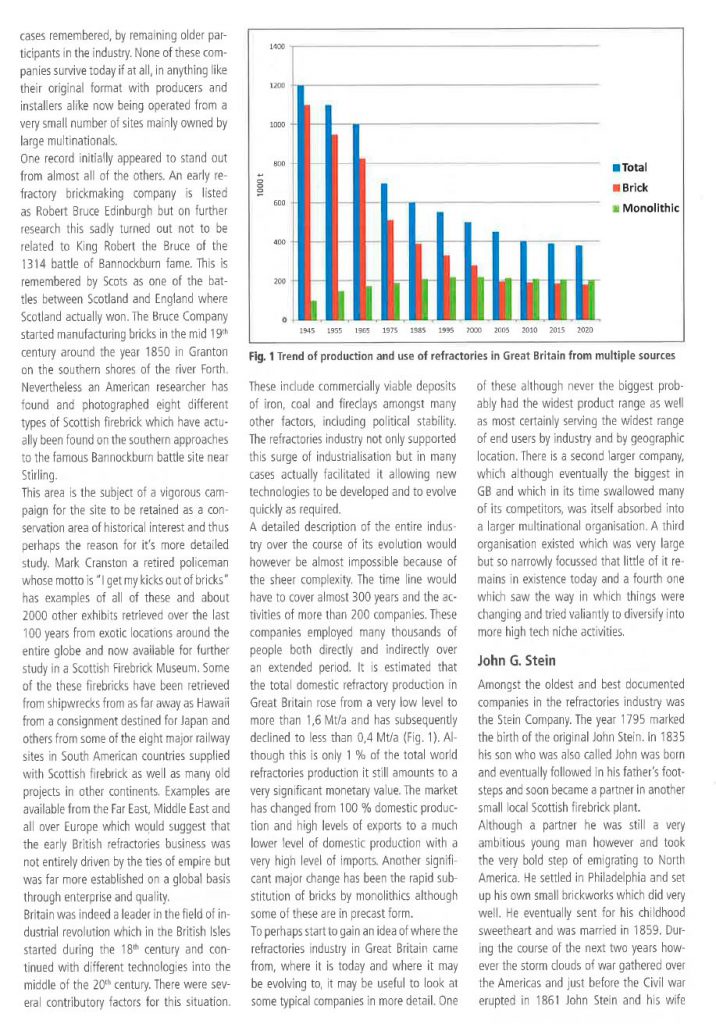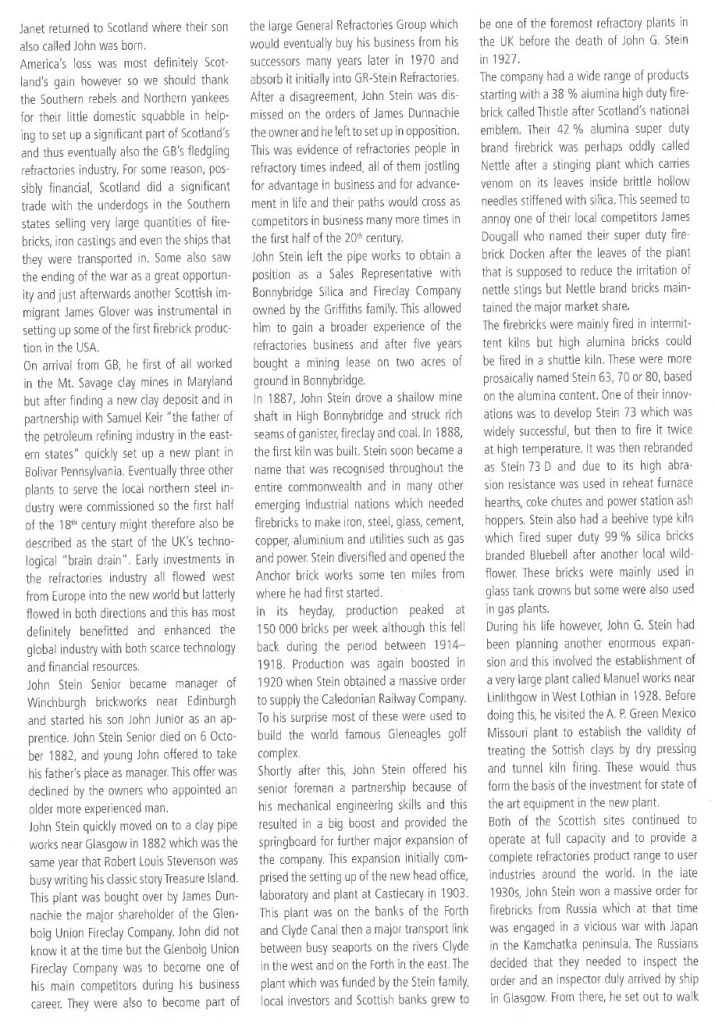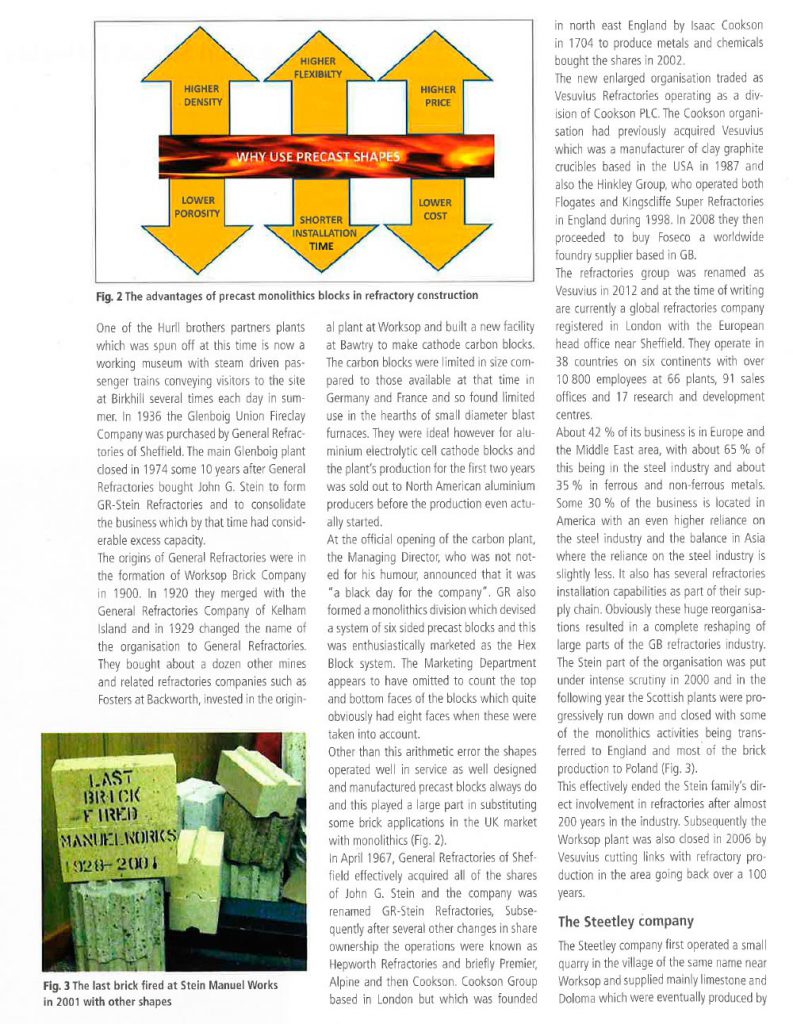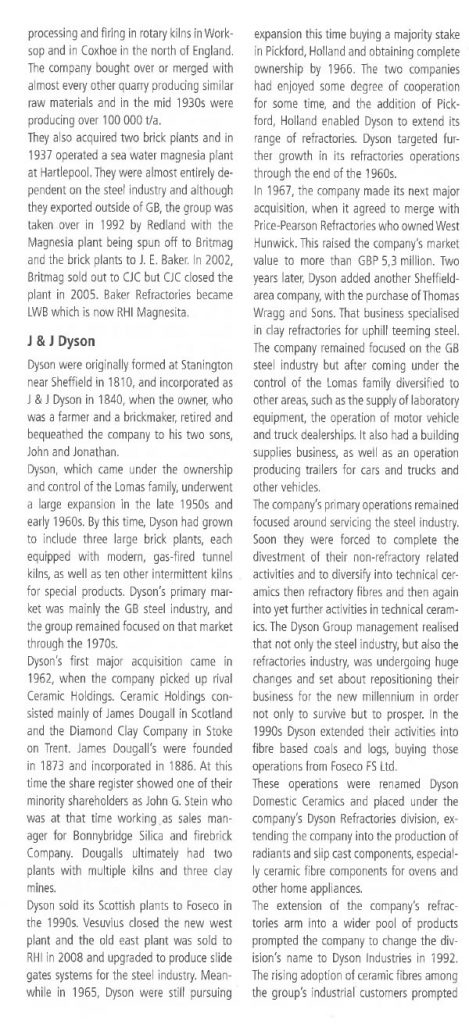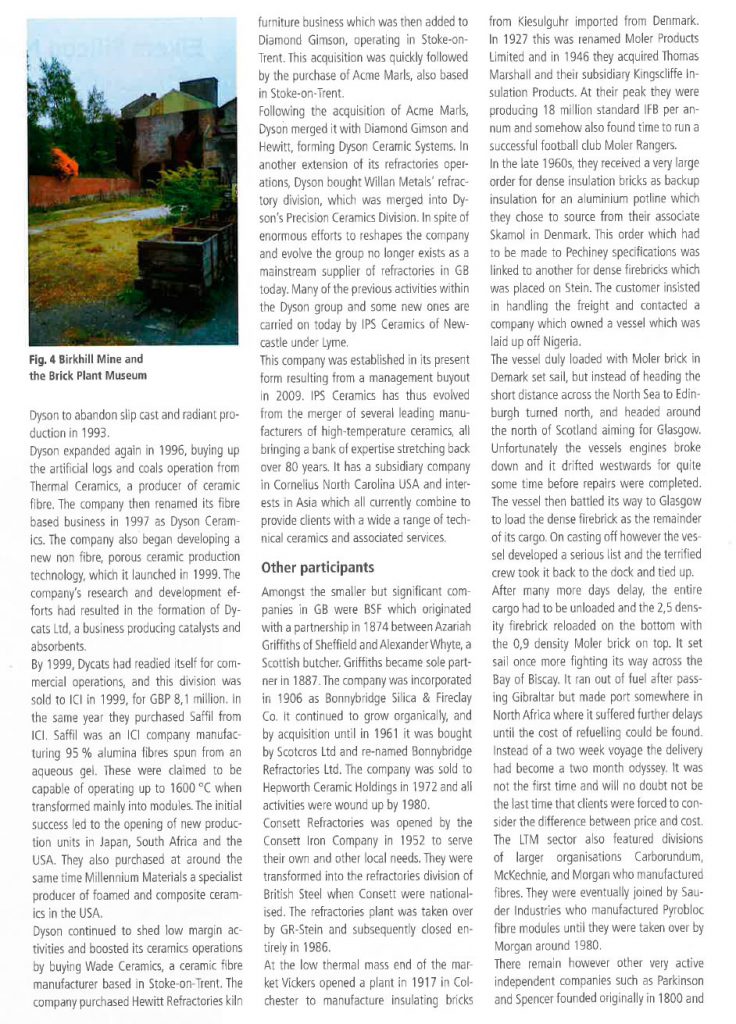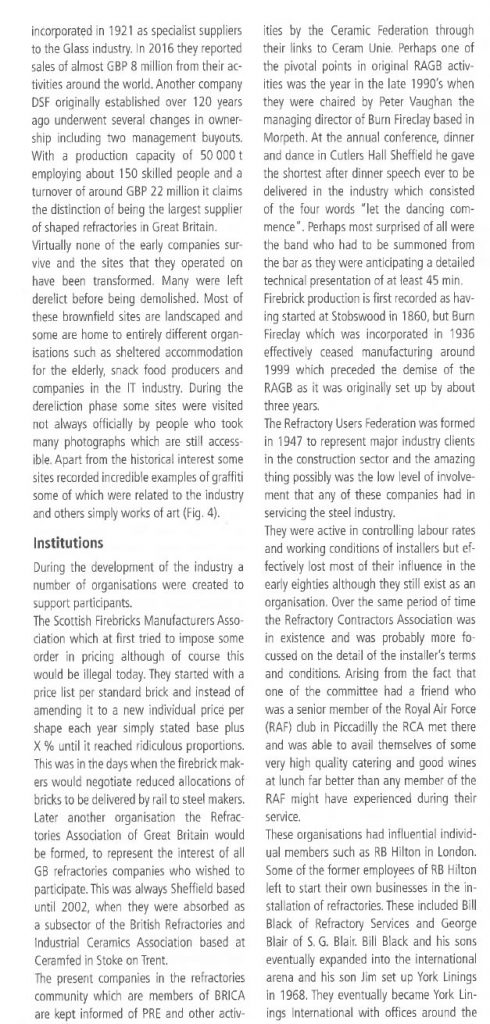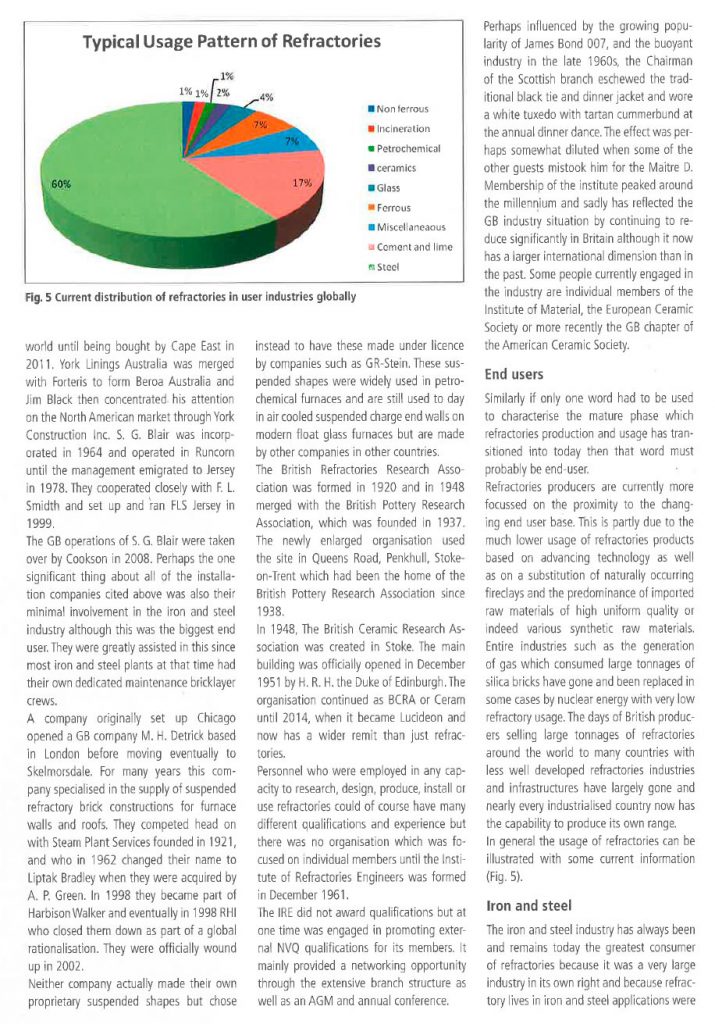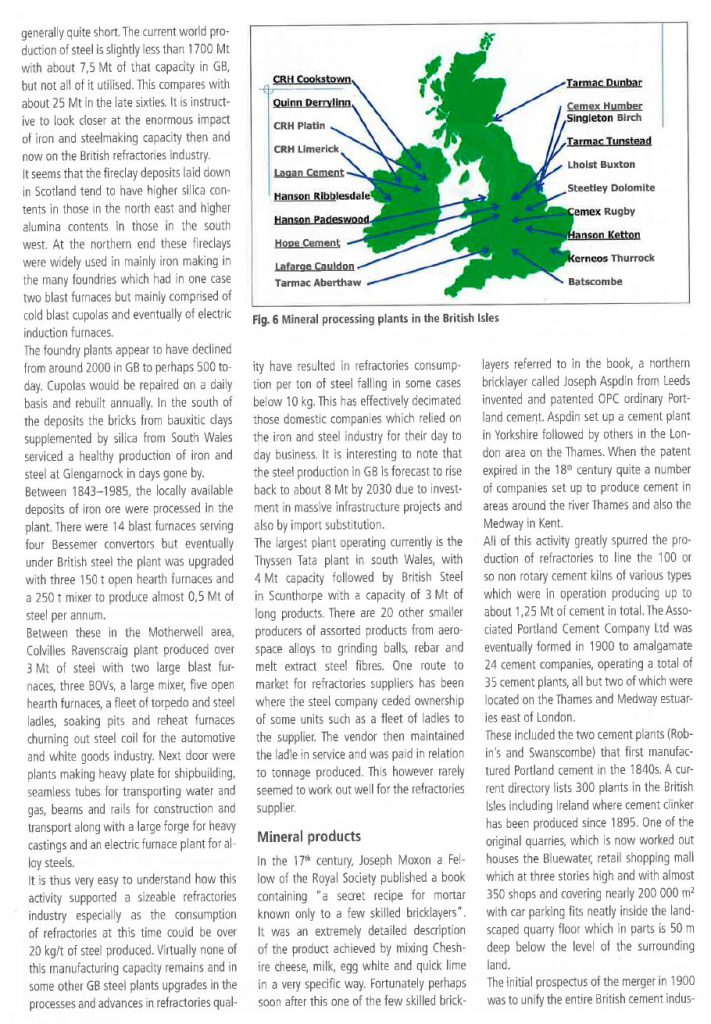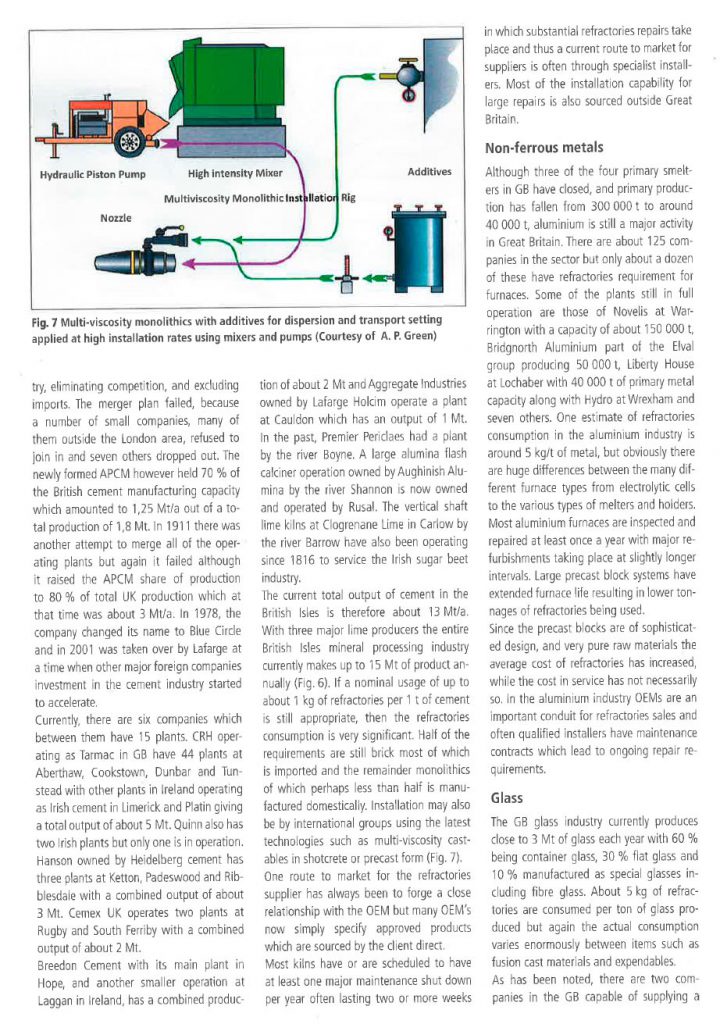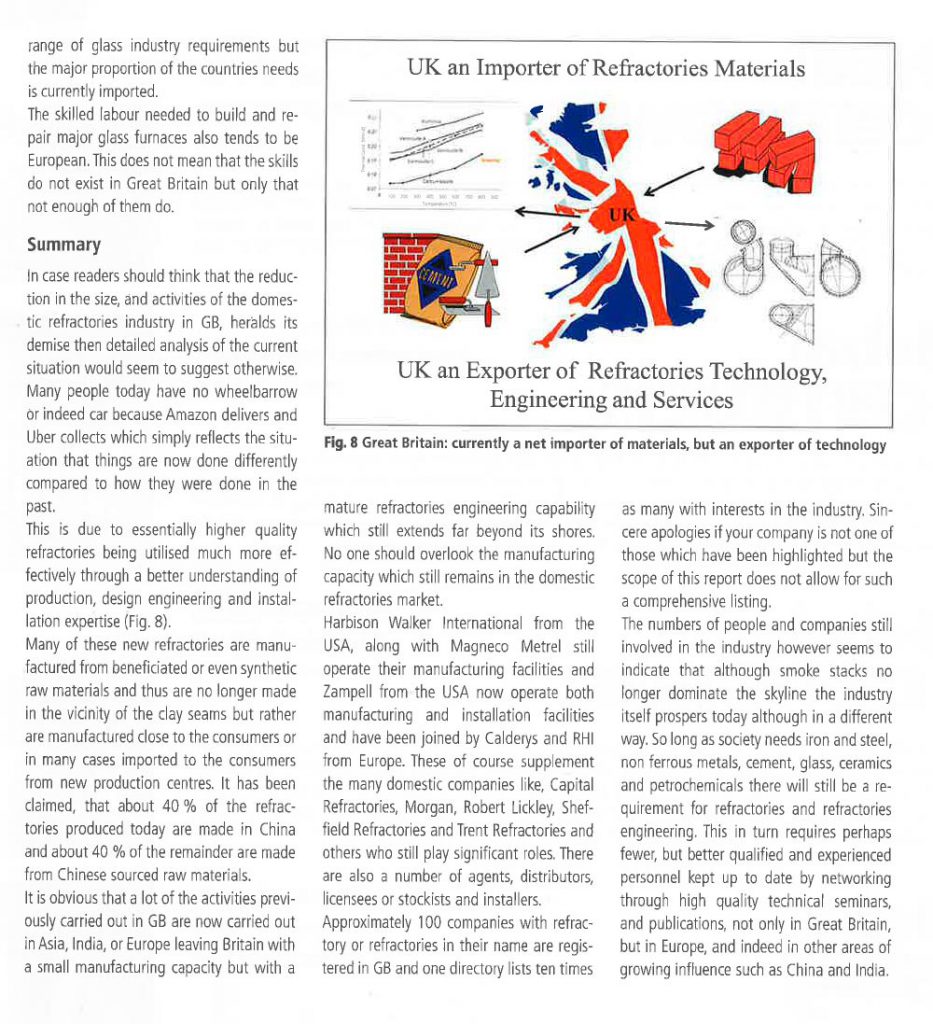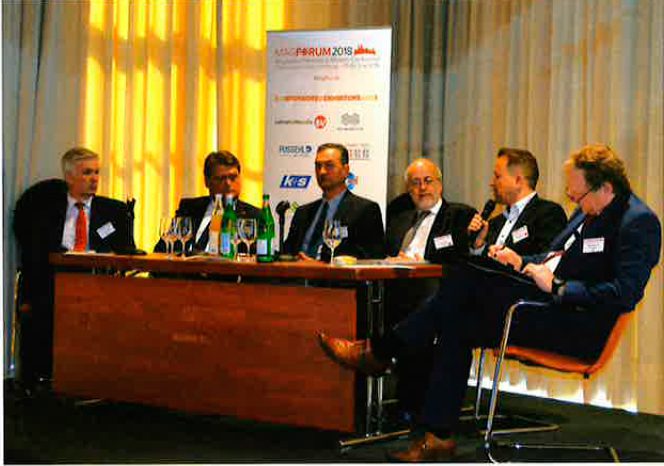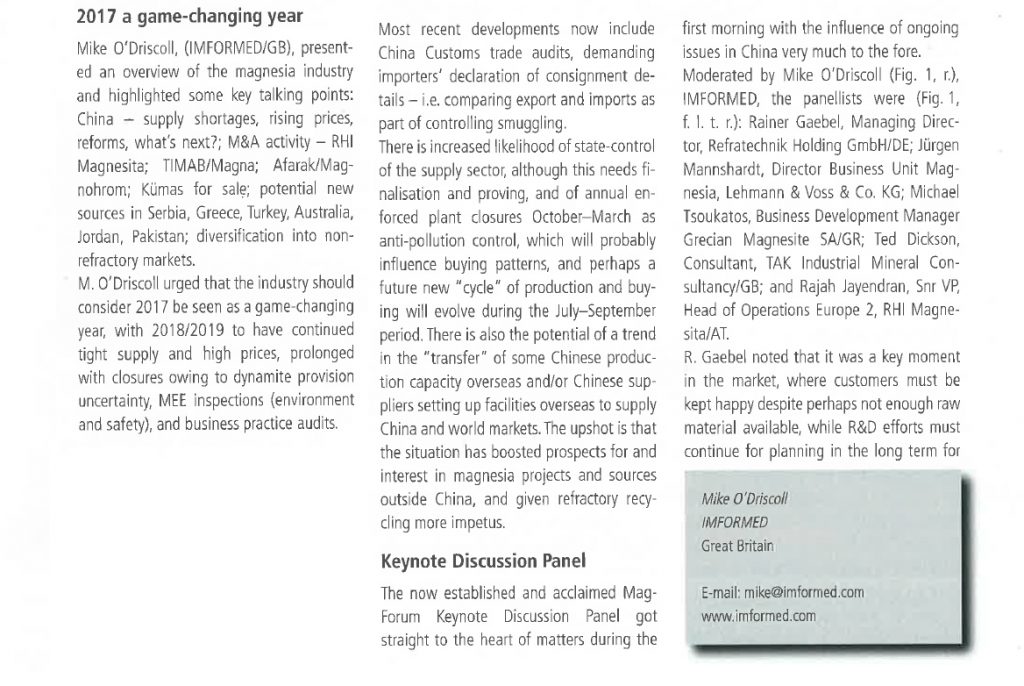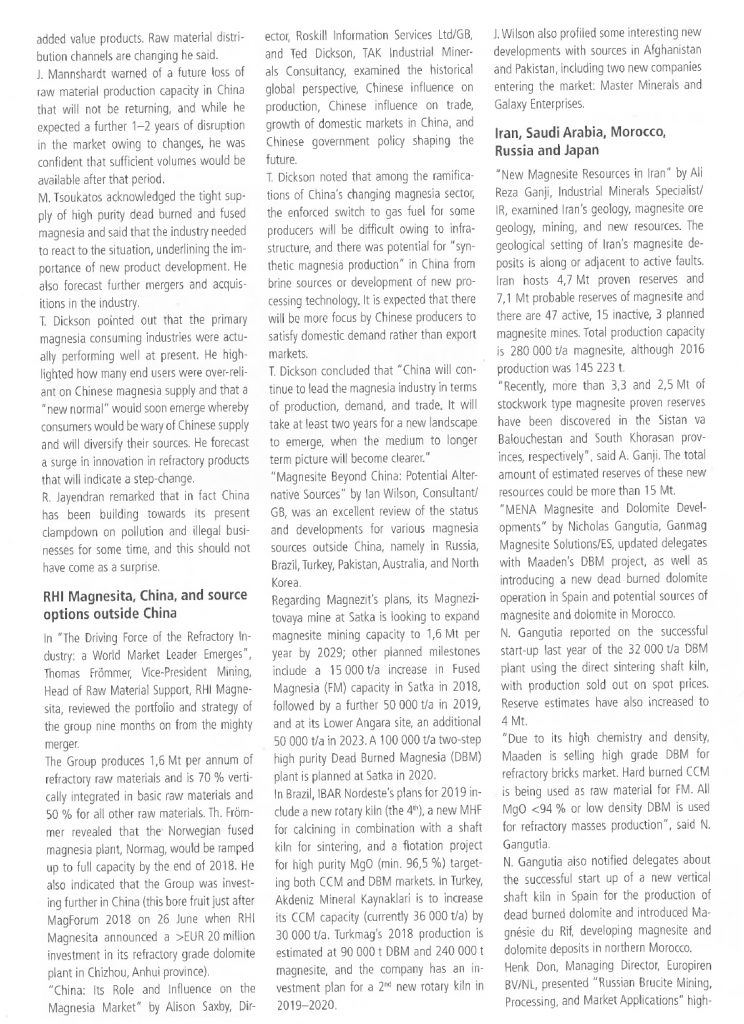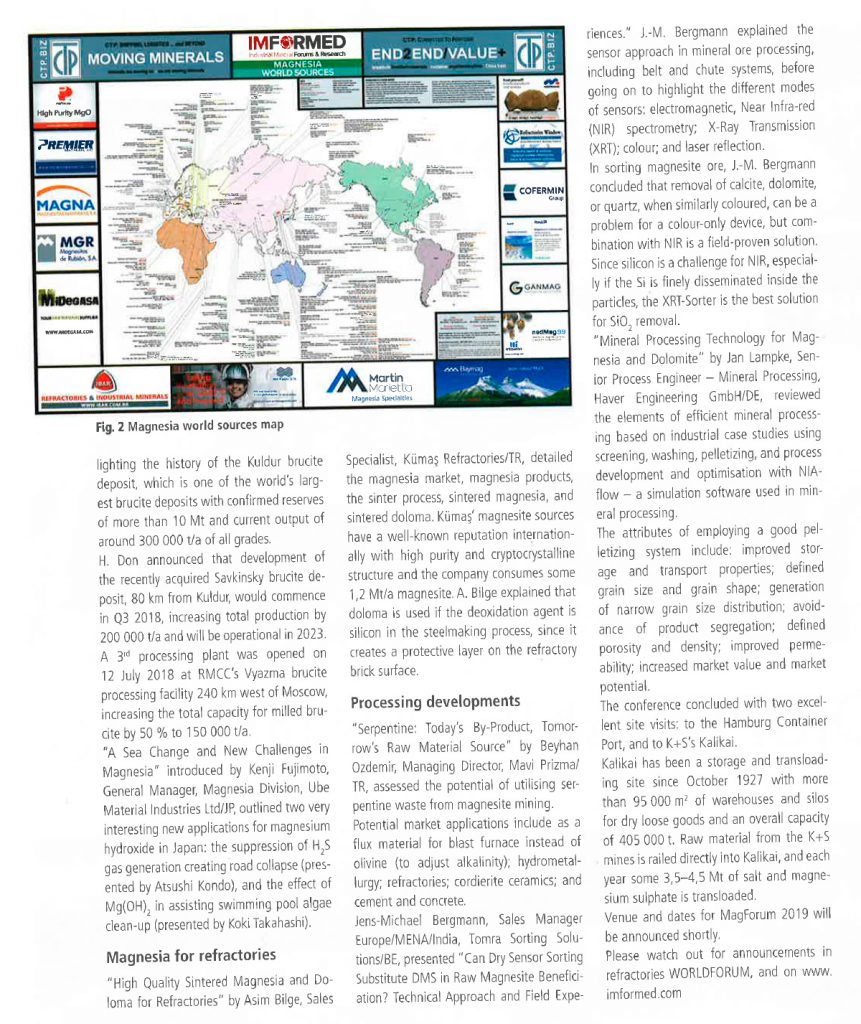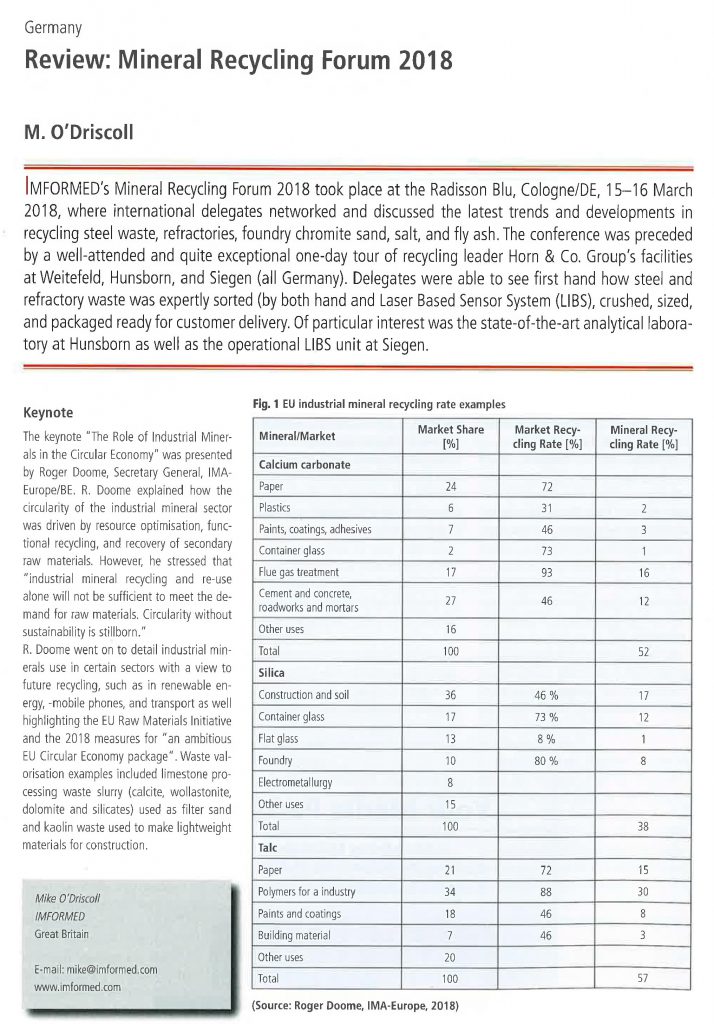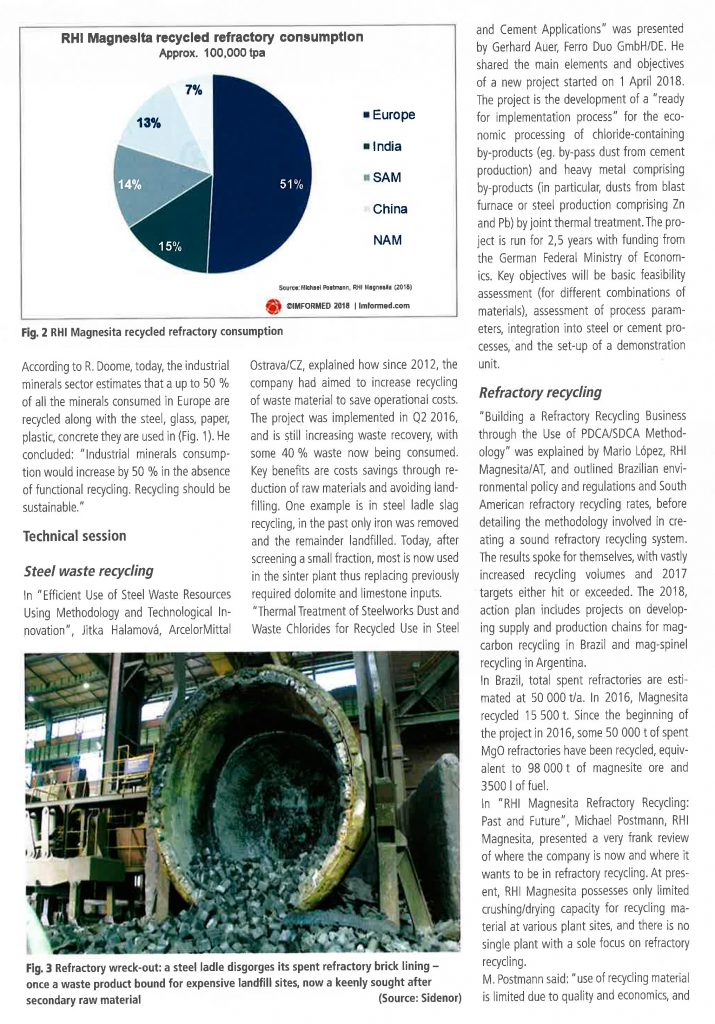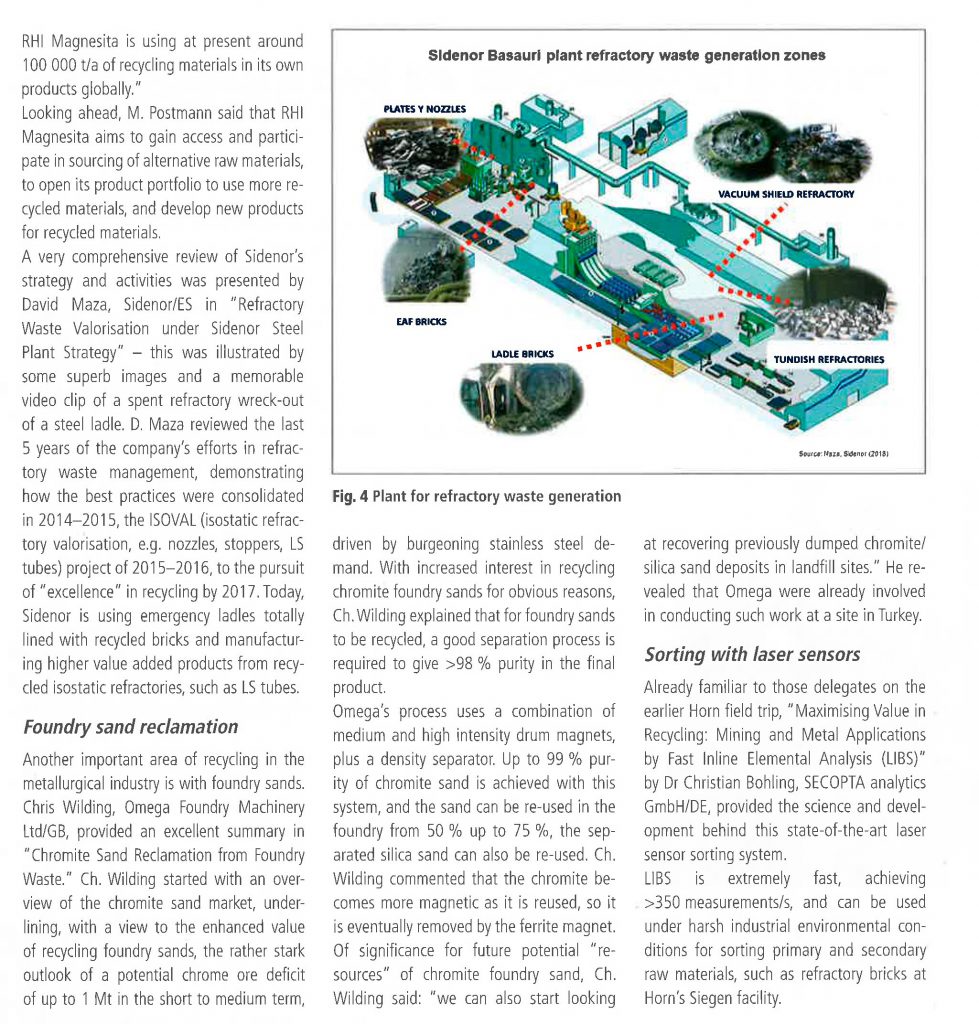Increasing demand for refractory materials pushed China’s refractories output up to 9.45 million tonnes in the first half of 2018. Magnesia and graphite prices remained firm because of the knock-on effects of environmental regulations.
China’s total output of refractory materials was 9.45 million tonnes in the first half of the year, up by 4.80% year-on-year, according to data from the China Association of Refractories.
Refractories output in January-June rose continuously because of increasing demand from downstream consumers, with more projects involving the replacement of steel production capacity, and maintenance projects at several kilns.
Supply of some refractory products was tight due to increasing demand, especially for silica bricks.
The total volume of unshaped refractory materials produced in January-June was 3.26 million tonnes, up by 5.57% year-on-year. This included 2.71 million tonnes of refractory alumina-silicon, up by 20.28%, and 550,000 tonnes of magnesia-based unshaped refractory, down by 34.09%.
The downstream crude steel sector showed a year-on-year increase in output in the first half of 2018, with total output of 451.16 million tonnes in the first six months, up by 6% compared with the first half of 2017.
Prices for most refractory raw materials, such as magnesia and graphite, were firm in the first half of this year, helped by the knock-on effects of China’s strict imposition of environmental regulations.
Magnesia prices in China were on an upward trend, especially for high-grade grade products, in the first half of 2018. But they have begun to soften recently because of increasing stock levels and slow buying during the seasonal summer lull.







